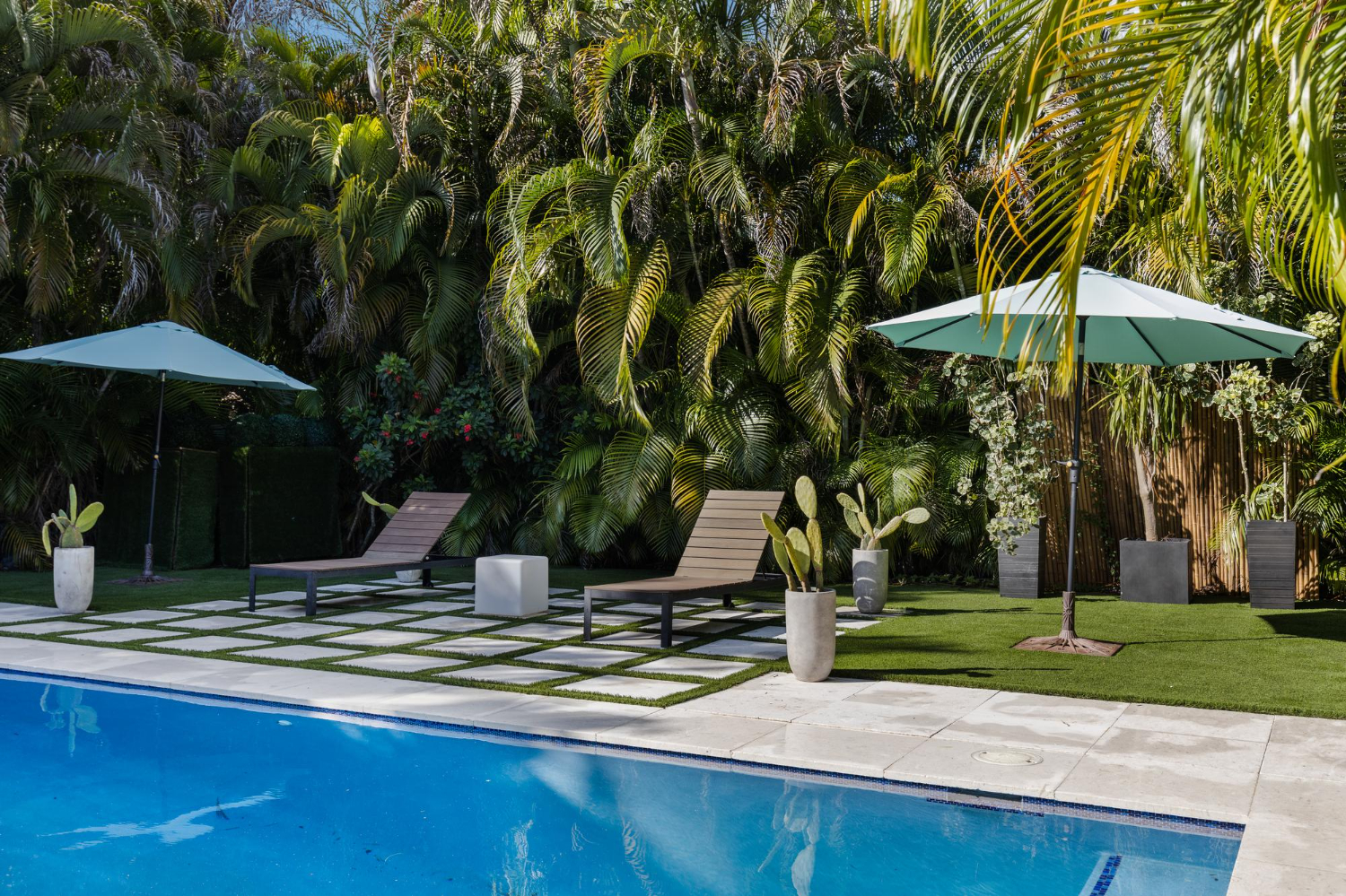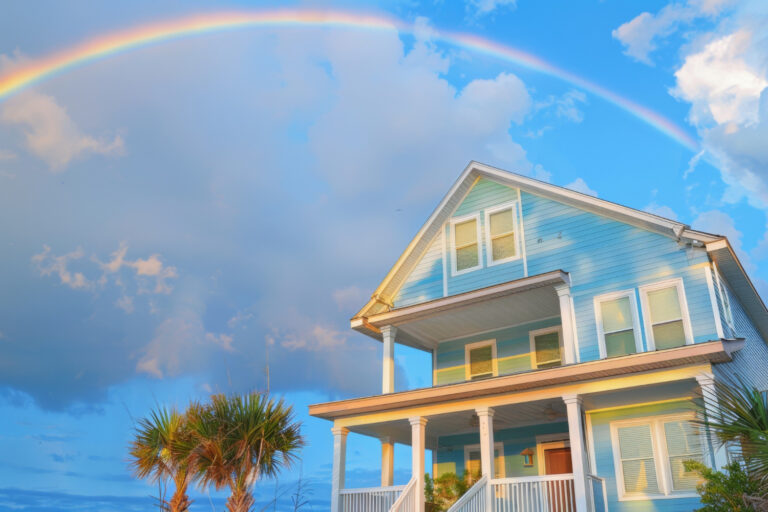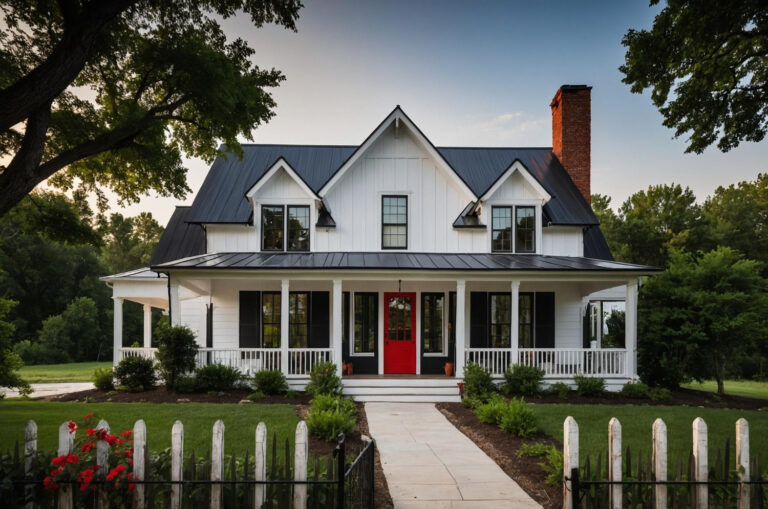How to Understand Miami Roof Organic Growth Factors in 2024
How to Understand Miami Roof Organic Growth Factors in 2024
Introduction:
Did you know that over 80% of Miami's roofs show signs of algae growth within five years of installation? It's wild. When I first moved to Miami, I had no idea that those dark streaks on my neighbor's roof weren't just harmless stains. Boy, was I in for a surprise!
Living in the Sunshine State has its perks, but it also brings some unique challenges for homeowners—especially regarding our roofs. Algae growth is like that uninvited guest who shows up at your party and refuses to leave. It's persistent, unsightly, and can cause serious damage if left unchecked.
In this article, we'll dive deep into roof algae. Trust me, it's more interesting (and important) than it sounds! We'll explore why Miami is a five-star resort for these pesky organisms and what you can do to keep them from turning your roof into their personal playground. So, grab a cool drink and uncover the secrets of Miami's roof algae growth factors.
The Perfect Storm: Miami's Climate and Roof Algae
Alright, folks, let's talk about why Miami is basically algae heaven. Mother Nature created the perfect conditions for these little troublemakers to thrive on our roofs.
First up, humidity. Oh boy, don't get me started on the humidity! I remember my first summer here – I felt like swimming through the air. Well, guess what? Algae love it just as much as we… don't. Miami's humidity levels are often above 85%, like rolling out the red carpet for algae.
Then there's the temperature. We've got warm weather year-round. While enjoying our beach days and outdoor barbecues, algae are having a party on our roofs. They love temperatures between 60°F and 80°F, which is basically Miami's climate.
Let's remember the rain. Every afternoon in summer, the skies open up for that classic Florida downpour. I used to think it was great for my garden, but it's even better for roof algae. These frequent rainfall patterns keep our roofs nice and moist—just as algae like them.
Put all these factors together, and what do you get? The perfect storm for algae growth. It's like Miami is one big algae resort, and our roofs are all-inclusive hotels. But don't worry; understanding these factors is the first step in fighting against these unwanted roof guests.
Identifying Common Types of Roof Algae in Miami
Now that we understand why algae thrive in Miami let's get to know our ‘enemy' better. This knowledge will empower you to take control of your roof's health. Trust me, I never thought I'd become an expert in roof algae, but here we are!
First, we've got the superstar of the algae world: Gloeocapsa magma. Sounds like something out of a sci-fi movie, right? This blue-green algae is the most common culprit behind those dark streaks on our roofs. I remember the first time I noticed these streaks on my roof – I thought someone had played a prank with a giant marker!
Gloeocapsa magma starts as tiny spores that land on your roof. They're practically invisible at first, but give them a little time (and a lot of Miami sunshine and moisture), and they'll multiply faster than rabbits. Before you know it, dark streaks run down your roof like mascara after a good cry.
But wait, there's more! We've also got lichens and moss joining the party. Lichens are like the algae world's tag team–they combine algae and fungi working together. They're those crusty, leaf-like growths that can be green, gray, or orange. I once saw a roof so covered in lichen that I thought the homeowner was trying to grow a garden up there!
Moss, on the other hand, is like the shag carpet of roof growths. It's thick and green and loves shady, damp areas of your roof. If you've got trees hanging over your house, you might as well put out a “Moss Welcome” sign.
The tricky thing about all these types of algae is that they don't just look bad—they can actually damage your roof over time. They hold moisture against the roof surface, leading to rot and shingle deterioration—it's like they're slowly eating away at your roof!
Understanding the type of algae on your roof is crucial for effective treatment. But don't worry, we'll get to that part soon. Just remember: if your roof is starting to look like it's growing a beard, it's time to take action! Being proactive about algae growth will help you maintain control over your roof's health.
The Role of Roofing Materials in Algae Growth
Let's talk about roofing materials. Would you like us to? I never thought I'd be this excited about shingles, but here we are! When it comes to algae growth, not all roofs are created equal.
First up, we've got asphalt shingles. These are super popular in Miami, and for good reason – they're affordable and do a decent job. But here's the kicker: they're also like an all-you-can-eat buffet for algae. Many asphalt shingles contain limestone filler, which is basically algae food. I found this out the hard way when my roof started looking like it was trying to grow a green toupée!
Now, let's talk about roof color. You'd think everyone in sunny Miami would want a light-colored roof to reflect heat. Well, surprise! Dark-colored roofs are actually more common. Why? Because they hide algae stains better. It's like wearing a black shirt to an Italian restaurant—bright, but it doesn't solve the underlying problem.
The age of your roof plays a significant role, too. As roofs age, they become more porous and retain more moisture. It's like how our skin gets more wrinkles as we age—except instead of wrinkles, roofs get more algae. I've seen 20-year-old roofs that look like they're growing their ecosystems!
But don't despair! There are algae-resistant roofing options out there. Some shingles are infused with copper or zinc, like kryptonite to algae. I recently helped my neighbor choose these for her re-roofing project, and let me tell you, her roof looks as clean as the day it was installed, even after a year in Miami's climate.
The bottom line is, when it comes to roofing materials, you've got to think ahead. Choosing the right materials can save you a lot of headaches (and green streaks) down the road. Trust me, your future self will thank you for making an algae-resistant choice!
Moisture: The Lifeline of Roof Algae
Let's explore the world of moisture—algae's best friend and your roof's worst enemy. In Miami, moisture is about as common as sunscreen and flip-flops, which are great for beach days but not for our roofs.
First, let's talk about where all this moisture comes from. Obviously, we've got rain. And in Miami, when it rains, it pours! I remember one summer storm that was so intense that I thought I might need to build an ark. All that rain doesn't just roll off your roof – some of it gets absorbed, especially if your drainage isn't top-notch.
Speaking of drainage, that's a significant factor in moisture retention. If your gutters are clogged (guilty as charged – I once found a small ecosystem growing in mine), water can back up and create damp spots on your roof. It's like making little algae oases up there!
Now, let's talk about trees. I love the gorgeous palms and oaks in Miami, but when they hang over your roof, they create a moisture trap. The shade keeps your roof damp longer, and falling leaves can clog up your drainage. It's like your trees are in cahoots with the algae!
But here's something that surprised me – your air conditioning can contribute to roof moisture, too! Yep, that blessed machine that keeps us sane in the Miami heat can actually be feeding the algae on our roofs. The condensation from AC units often drips onto the roof, creating a constant source of moisture. Talk about irony!
All this moisture creates the perfect breeding ground for algae. It's like setting up a luxury spa for these unwanted guests. The algae soak up the moisture, grow, and spread, and before you know it, your roof looks like it's auditioning for a swamp monster movie.
The key takeaway is that managing moisture is crucial in the battle against roof algae. It's not just about cleaning your roof—it's about creating an environment hostile to algae growth. Trust me, a dry roof is a happy roof!
Nutrient Sources That Fuel Algae Growth
Okay, folks, it's time to talk about algae food. Yes, you heard that right – those little green and black streaks on your roof are having a feast up there, and we'll find out what's on the menu!
First, let's talk about air pollution. I'm not saying Miami's air is dirty—we've got those beautiful ocean breezes, after all. But even clean air carries tiny particles that can settle on your roof. These particles are like a nutrient-rich smoothie for algae. I once left a white sheet out overnight, and it had a fine layer of dust by morning. Imagine that happening to your roof day after day!
Next on the algae buffet: organic debris. You know those palm fronds, leaves, and twigs that always seem to find their way onto your roof? Well, they're not just unsightly – they're also algae food. As they decompose, they release nutrients that algae just love. It's like you're setting up a compost bin on your roof!
Here's a fun fact that blew my mind: some roofing materials actually feed algae! Remember those limestone fillers in asphalt shingles we talked about earlier? Turns out algae can actually eat limestone. It's like we're building our roofs out of algae snacks!
And let's remember our feathered friends. Bird droppings might seem minor, but they're gourmet for roof algae. High in nitrogen and other nutrients, they're like fertilizer for your unwanted roof garden. I once had a family of pigeons decide my roof was the perfect hangout spot – needless to say, the algae had a field day!
Other animal waste can also contribute. Squirrels, raccoons, and even insects leave behind tiny deposits that can feed algae. It's like a whole ecosystem up there is working against your clean roof!
The takeaway? Your roof is constantly being bombarded with nutrients that fuel algae growth. It's not just about moisture – it's about creating an environment where algae can't thrive. Keeping your roof clean and free of debris is crucial. And hey, maybe it's time to talk sternly with those pigeons!
The Impact of Roof Orientation and Sunlight Exposure
Let's shed some light on another factor in the great algae debate – sunlight exposure. You'd think that in the Sunshine State, this wouldn't be an issue, right? Well, hold onto your sunhats because it's not that simple!
First off, let's talk about roof direction. In Miami, north-facing roof slopes are like algae magnets. Why? Because they get less direct sunlight. I learned this the hard way when I noticed the north side of my roof looking like it was trying to grow a green beard! It's like the algae are having a shade party up there.
But it's about more than just north and south. The sun your roof gets can vary widely depending on its pitch, nearby buildings, and landscaping. I've got a neighbor whose house is partially shaded by a massive oak tree. The shaded part of his roof? It's practically writing “Algae Welcome!” in big, green letters.
You might think that more sun equals less algae, but it can be more complex. While it's true that UV rays can kill algae, a sun-baked roof can also develop tiny cracks and become more porous over time. This can create more nooks and crannies for algae to hide in. It's like the sun is playing on both sides!
Let's remember seasonal changes. When the sun is high, your roof might be algae-free in summer. But when the sun sits lower in the sky, those shady spots can become algae breeding grounds come winter. It's like the algae are on a seasonal timeshare on your roof!
I've even noticed differences on the same roof slope. Areas near chimneys or other structures that cast shadows can become algae hotspots. It's like playing a game of algae Tetris up there!
The key takeaway?
Understanding your roof's sun exposure can help you predict and prevent algae growth. It may be time to break out the compass and do a roof orientation study. Trust me, your roof will thank you for it!
Preventive Measures to Combat Miami Roof Algae Growth
Alright, Miami homeowners, it's time for the main event – how to keep those pesky algae at bay! After years of battling the green menace, I've picked up some tricks I'm excited to share.
First up: regular roof cleaning and maintenance. I know – climbing up on the roof isn't how you want to spend your Saturday. But trust me, a little effort goes a long way. After neglecting my roof for a year, I learned this the hard way – it looked like it was trying to grow its jungle up there! A gentle cleaning with the right solutions can work wonders. Just remember, no pressure washing! That's like using a sledgehammer to hang a picture.
Next, let's talk about ventilation and insulation. I used to think attics were just for storing Christmas decorations and forgotten treasures. Turns out, a well-ventilated attic can be your secret weapon against algae. It helps keep your roof dry, which is like kryptonite to algae. I added some extra vents to my attic; the difference was night and day!
Here's a cool trick I picked up: zinc or copper strips. These metals are like algae's worst nightmare. You install them near the peak of your roof, and when it rains, tiny particles wash down and create a hostile environment for algae. It's like setting up an invisible force field for your roof!
Lastly, remember your landscaping. Those beautiful trees that provide shade? They might be conspiring with the algae. Trimming overhanging branches can make a huge difference. I had a palm tree that practically high-fived my roof – trimming it back was a game-changer.
To remind you, prevention is key. It's much easier (and cheaper) to stop algae before it starts than to evict it once it's made itself at home. So, channel your inner roof warrior and show those algae who's boss!
Conclusion:
Whew! We've covered a lot of ground (or roof?) today. From Miami's algae-friendly climate to the sneaky ways these organisms find food and shelter on our roofs, we've unmasked the culprits behind those unsightly streaks and stains.
Remember, folks, knowledge is power. Understanding why algae love our Miami roofs so much is the first step in fighting back. It's not just about aesthetics—unchecked algae growth can damage your roof over time, leading to costly repairs or premature replacement.
So, what's the takeaway for you? Be proactive! Keep an eye on your roof, especially those shady spots. Clean regularly, ensure good ventilation, and prevent debris from building up. Consider algae-resistant materials for your next roof replacement. And hey, those zinc strips are worth a try!
I encourage you all to take a good look at your roofs. Is there a green tinge starting to creep in? Are there dark streaks running down the slopes? Don't wait until your roof looks like a science experiment gone wrong. Take action now, and your roof (and wallet) will thank you later.
Remember, in the battle against roof algae, you're not alone. We're all in this together, fighting the good fight for clean, algae-free roofs across Miami. So go forth, armed with your new knowledge, and show those algae who's boss!
And hey, if you've got any cool roof algae stories or prevention tips, I'd love to hear them. Drop a comment below – let's keep this conversation going! After all, the best way to beat roof algae is to stick together. Here's to cleaner, healthier roofs for all of us in the Sunshine









4 Comments
Comments are closed.